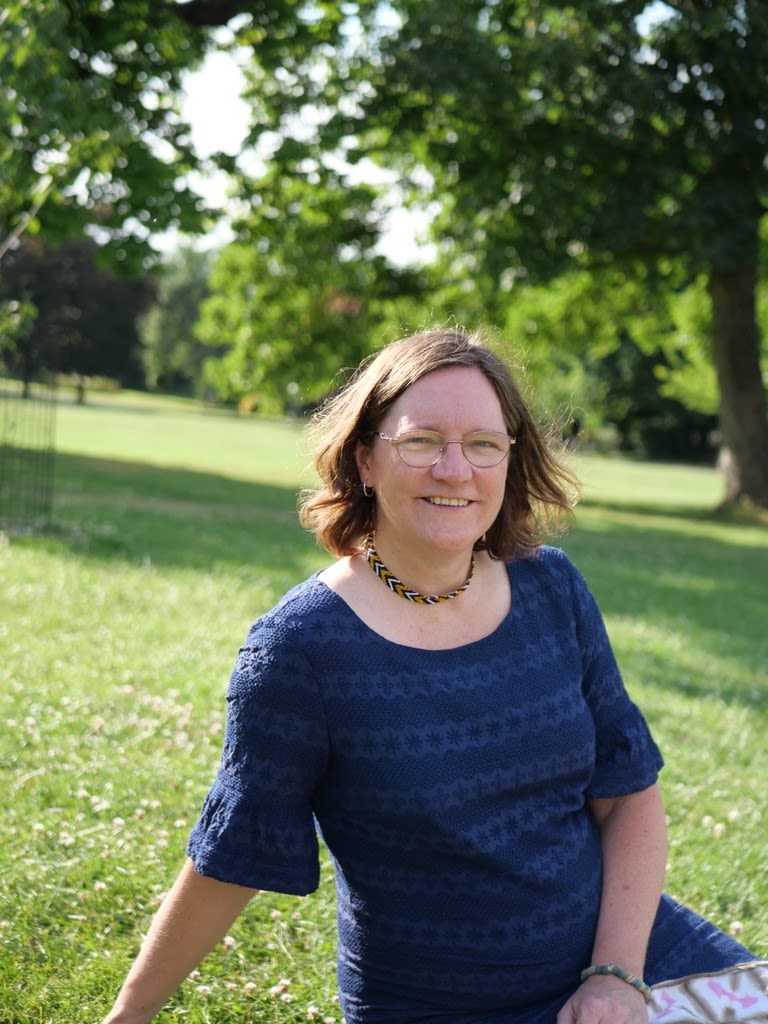Crowds in World History
Professor Ruth Watson, Clare Fellow

This talk is about writing a history of ‘the crowd’ as a social and historical category. Conceiving crowds as more than simply aggregations of people, my interest is in examining how people become conscious of being part of a crowd, and how in turn such crowds develop their own social momentum. I argue that ideas about the crowd, and instances of crowd action (such as riots), are an important theme throughout world history. My talk will discuss case studies such the crowd that assembled in Mexico City in 1692 and proceeded to burn down every sign and symbol related to Spain; the Morant Bay Rebellion, launched in 1865 by a crowd of Jamaican freedmen who descended in protest on a courthouse; the 1906 ‘hooligan riots’ in colonial Cape Town; and finally, the crowds in Eastern Nigeria who instigated the so-called ‘Women’s War’ in 1929.
Ruth Watson is University Associate Professor of African History and has been a fellow of Clare College since 2010. She is the author of ‘Civil Disorder is the Disease of Ibadan’: Chieftaincy and Civic Culture in a Yoruba City and numerous journal articles and book chapters on Nigerian cultural and social history.

